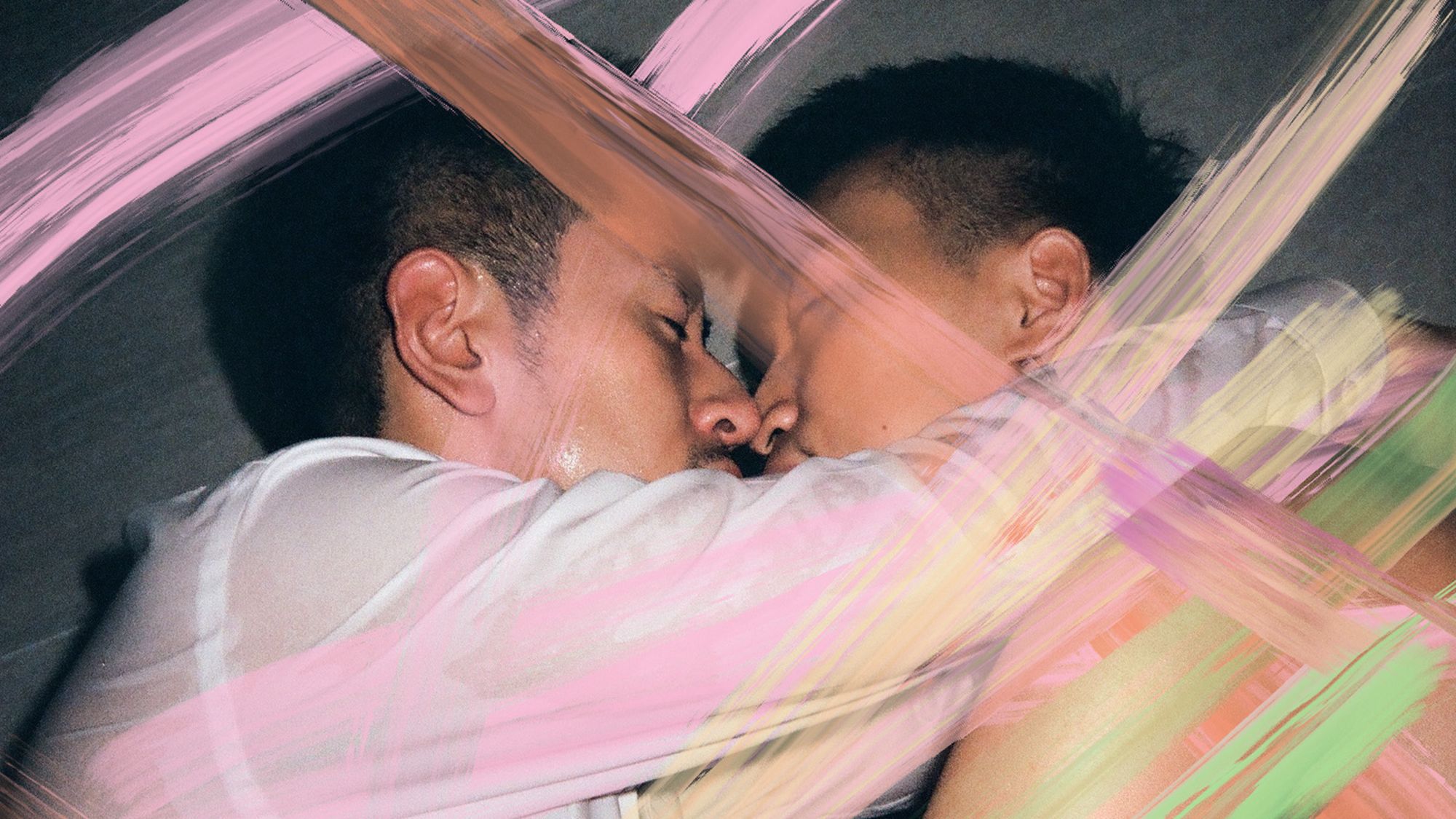Around this time last year, Taiwan was gearing up to host Asia’s largest ever Pride parade having just become the first place on the continent to legalize same-sex marriage.
More than 4,000 gay couples have since taken advantage of the landmark legislation. But beyond being able to tie the knot, the island’s LGBTQ communities are feeling the positive effects of the law in various other ways.
For Taiwan’s LGBTQ visual artists, for instance, the past year has heralded new forms of creative expression, according to photographer Su Misu, whose explorations of gender identity, sexuality and bondage range from candid nudes to fantastical subversions of religious imagery.
“More and more people are exhibiting their own self-identity, using their creative voice to express individuality,” she said over email. “People are also beginning to construct the histories of the LGBTQI movement in Taiwan, calling for others to participate and study it. All this can help the gay community, which focuses on different issues, to thrive.”
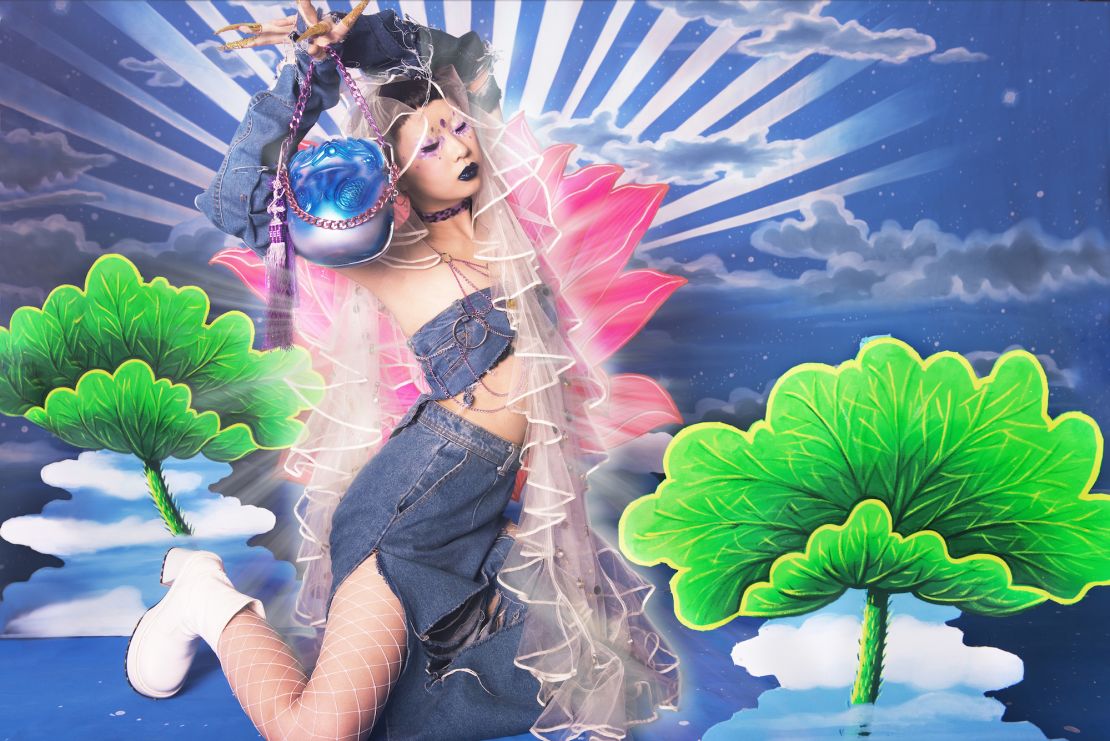
Even before the marriage legislation, LGBTQ artists in Taiwan enjoyed a level of creative freedom denied to their counterparts in many parts of Asia.
Beyond the legal rights of expression enshrined in its constitution, Taiwan ranked 34th in the world (and 2nd in Asia, after Thailand) in a gay happiness index based on the experiences of 115,000 men from around the world. A recent report on workplace equality by the island’s oldest registered LGBTQ organization, Taiwan Tongzhi Hotline Association, found that the territory’s art sector was among the industries in which respondents felt “most comfortable” about coming out to co-workers.
Coupled with the island’s generous public arts funding, this atmosphere has produced a welcoming environment for LGBTQ art. And in 2017, just months after Taiwan’s constitutional court paved the way for the marriage law by declaring same-sex marriage a legal right, the gay art scene was afforded rare mainstream attention with the exhibition “Spectrosynthesis – Asian LGBTQ Issues and Art Now.”

Billed as Asia’s first major LGBTQ art show, the program featured over 50 works by 22 artists (from places including Hong Kong, mainland China and Singapore, as well as the Asian diaspora) addressing a range of topics, from forbidden love to sexual violence. Staging the show at a large public institution, Taipei’s Museum of Contemporary Art (MOCA), meant that LGBTQ art had a rare opportunity to reach mainstream audiences, according to Patrick Sun, founder of the non-profit organization behind the show, Sunpride Foundation.
“If we do a show at a private gallery then I’m sure all my friends would come,” he said in a phone interview from Hong Kong, where he’s based. “But we want to talk to the general public.”
A ‘political victory’
For one of the show’s participants, 44-year-old avant-garde filmmaker Su Hui-Yu (no relation to Su Misu), the show represented a “political victory” that proved especially heartening for young artists.
“In Taiwan, it represented the changing of the wave (that) even a public museum would love to curate the show. It’s more symbolic in a political dimension than in (an) artistic one. But I think it encouraged art students a lot.”
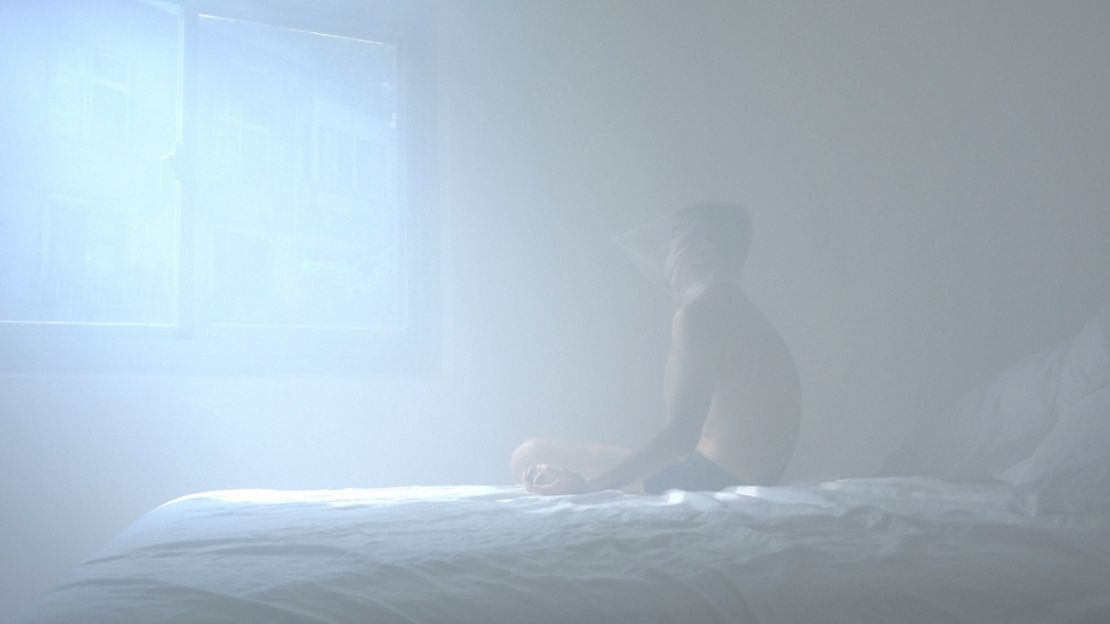
For Su’s generation, however, the gay art scene has long been flourishing. Although straight, his work has often explored LGBTQ topics. One of his most recent projects saw Su film unrealized scenes from “The Glamorous Boys of Tang,” a homoerotic fantasy movie featuring orgies, killings and an exorcism, that was released without parts of the original screenplay, as Su believes they were deemed inappropriate in conservative 1980s Taiwan.
“There was already a strong tradition of queer study (and) queer art in Taiwan since the 1990s (and) since the lifting of martial law,” he said, over email, of the repressive military rule that formally ended in 1987.
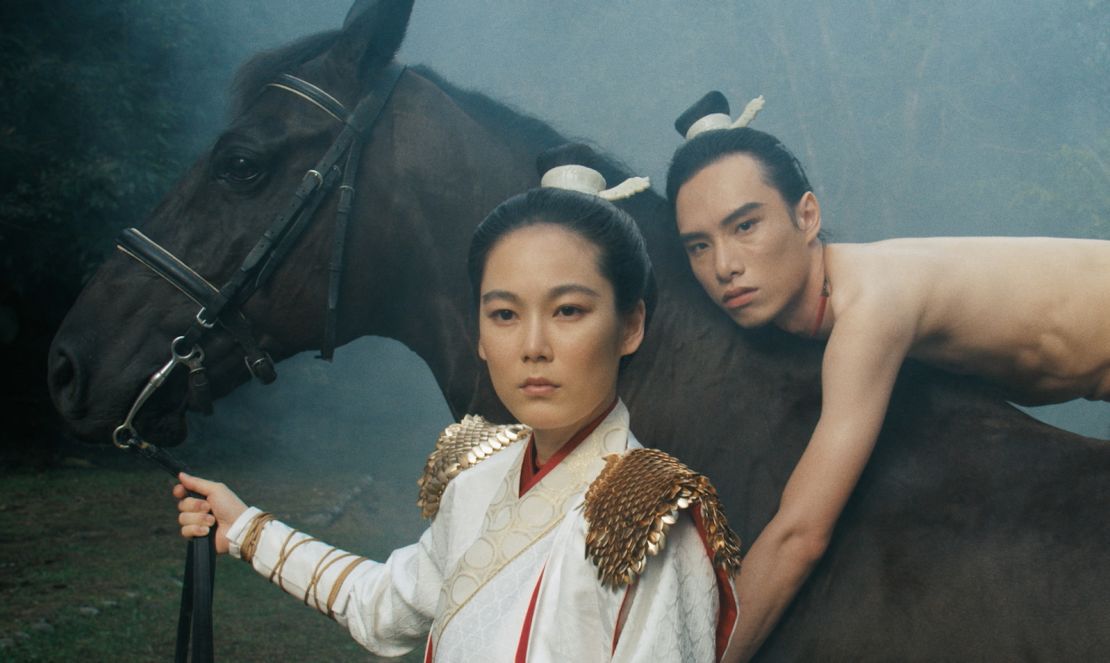
It was this decade that saw the opening of LGBTQ-friendly venues like IT Park and the Gin Gin Bookstore, which has housed a gallery space in Taipei for more than 20 years, alongside an explosion in gay literature, nightlife and academic discourse. But while gay artists were free to practice their art, conservative attitudes persisted.
When same-sex marriage legislation was first proposed in Taiwan in the early 2000s, it faced vociferous opposition. So-called conversion therapy, a pseudoscience that attempts to “treat” homosexuality, remained prevalent (it was only formally banned in 2018). Organizers of a 2003 exhibition of works made by gay artists during consensual art therapy even felt it necessary to clarify in the show’s notes: “This exhibition is not to show LGBT people need to be cured.”

In the euphoric aftermath of the passing of the same-sex marriage bill in 2019, it was easy to forget that 67% of voters had, in fact, rejected the idea in a referendum a year earlier. The Taiwanese government pressed ahead with the law, though some rights enjoyed by heterosexual couples, such as cross-national marriage, are still prohibited.

For 36-year-old photographer 526 (a pseudonym pronounced “five two six”) it was family pressures rather than societal ones that stopped him from openly practicing his art, which includes intimate portraits of trans and LGBTQ subjects taken in their own bedrooms (pictured top).
“Even today, my parents are still afraid to tell their friends what I am doing,” he said over email. “It’s frustrating that even your parents can’t see your value, or tell others that their son is gay. I hope they can be brave, because … we need stand out and let all the people know: We are here.”
Nonetheless, he said that visibility of LGBTQ art is getting “better and better,” and that Taiwan’s progressive environment “makes it a good place to make art.” He pinpoints the legalization of same-sex marriage as not only a landmark in his artistic identity, but in his life more generally.
“I couldn’t have imagined that (the law) would happen in my lifetime,” he said. “If I’d known this would happen, I would probably not have stayed in the closet for 31 years.”
A beacon for Asia
The relative freedoms of Taiwan’s LGBTQ artists come into sharp focus when compared to their Asian neighbors. In Japan and South Korea, there are no real legal restrictions, though conservative attitudes prevent their respective scenes from thriving in quite the same way. At the other end of the spectrum, homosexuality remains a punishable crime in parts of Southeast Asia, including Malaysia, Brunei and some areas of Indonesia.
In between, there are a number of places that ostensibly allow gay art to be displayed, but where censorship remains a significant barrier. In mainland China, for instance, authorities have been known to periodically close down LGBTQ exhibitions without explanation.
Meanwhile in Singapore, where artists are permitted to exhibit LGBTQ-themed work despite the fact that gay sex is illegal (a law that is rarely enforced), censorship is also common. In 2016, authorities removed a number of items, including sex toys, from artist Loo Zihan’s exhibition “Queer Objects,” at the Institute of Contemporary Arts Singapore, due to obscenity laws. (A few years earlier, Loo responded to an age restriction placed on one of his shows by photocopying visitors’ ID cards and incorporating them into the displays.)
The idea that Taiwan can serve as a beacon for the rest of Asia was a key idea behind “Spectrosynthesis.” Speaking to CNN at the time, curator Sean Hu expressed his hope that the Taipei show would have “a ripple effect across Asian society.”
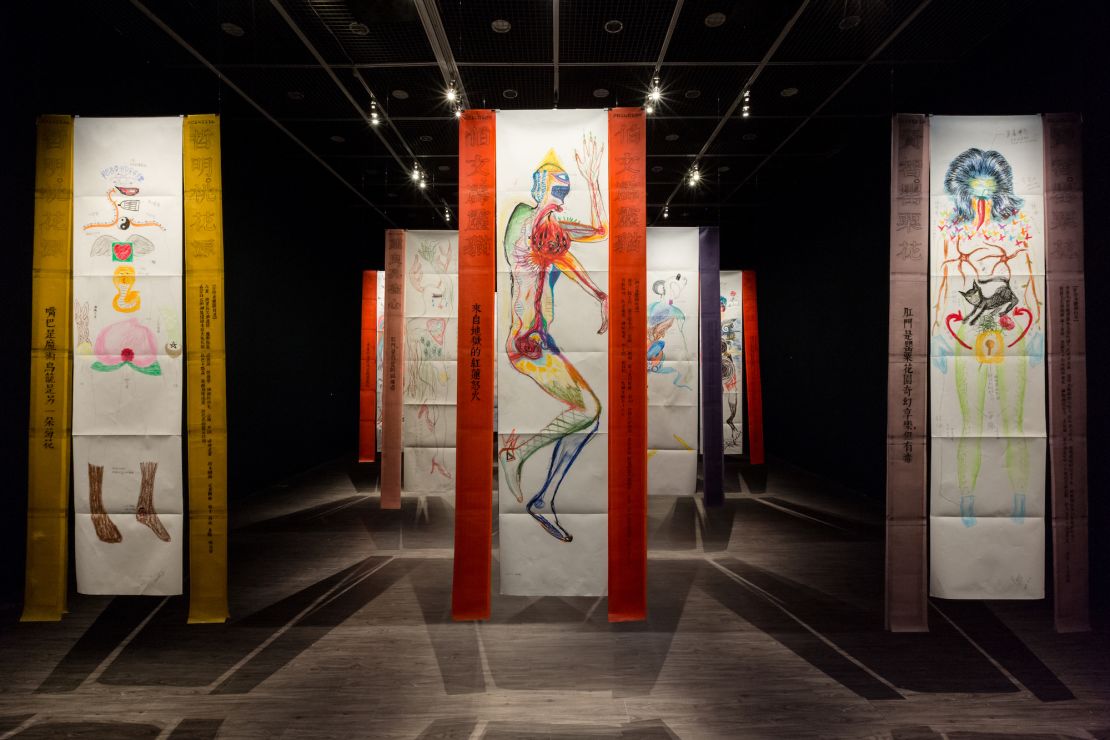
Indeed, a second edition of the show has since been held in Thailand – again at a mainstream, publicly-funded venue, the Bangkok Art and Culture Centre – featuring almost three times the number of artists. A third is planned for Hong Kong in 2022, with Sun expressing hopes for them becoming a “new normal” in other Asian cities.
With Taiwan attempting to establish itself as a commercial arts destination (the launch of the Taipei Dangdai art fair in 2019 signaled that the island may hope to challenge Hong Kong’s domination of the Asian market), the island’s gay artists could, in turn, benefit from the growing international profile.
One such artist, Tzeng Yi-Hsin said she experienced an uptick in international inquiries after two of her images were featured in “Spectrosynthesis.”
“I didn’t get a lot of response or feedback from inside Taiwan, but right after the show, I received more interest and approaches from people outside,” she said, citing interest from Japanese collectors and Western media.
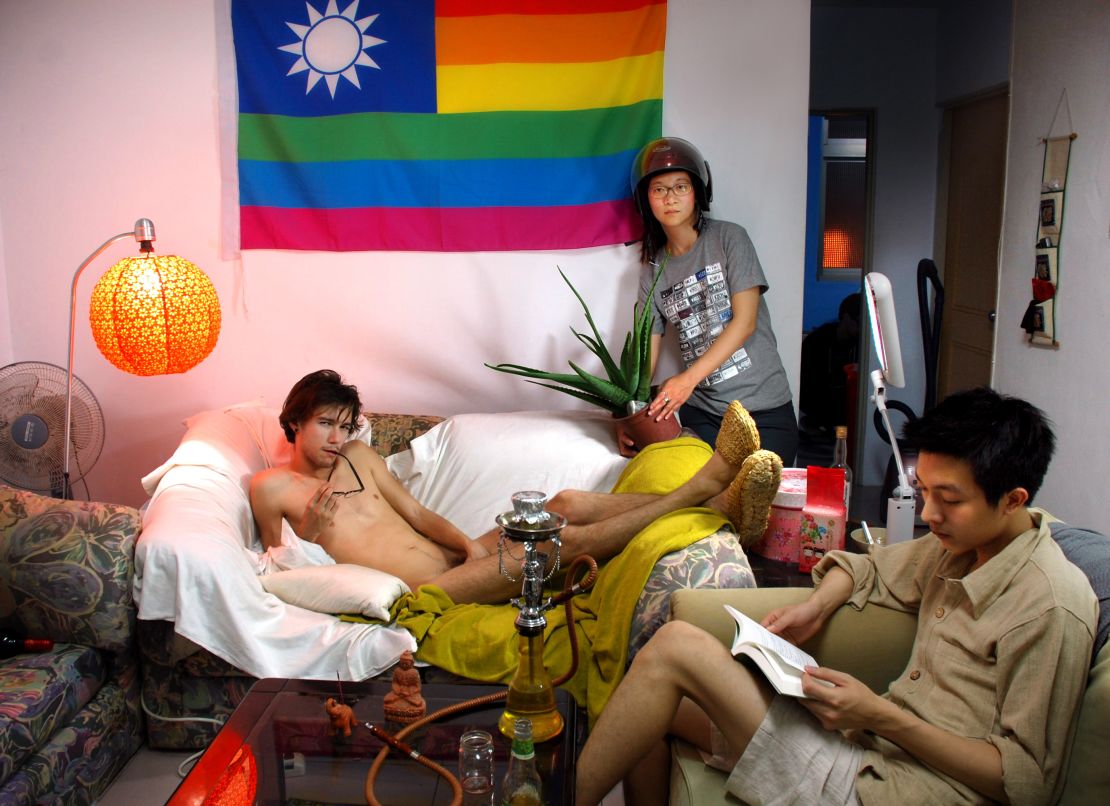

However, Tzeng also expressed reservations about the exhibition’s heavy focus on male artists. Only three of the 22 participating artists were female, with just one identifying as transgender. (Sun welcomed the critique, saying he “took it to heart” and is ensuring that his foundation makes “a conscious effort to include female and transgender artists.”)
For the 41-year-old artist and photographer, this curatorial decision represents a wider problem facing the arts in Taiwan: That gay male artists continue to take a disproportionate chunk of the limelight.
“The majority of curators and collectors are male, and, from my perspective, they are more interested in gay male art,” she said, adding: “We all notice that there are a lot of gay artists (in Taiwan), but if a curator asks, ‘Who’s a lesbian artist?’ No one knows.”
Eschewing labels
According to Su Misu, an oversimplification of LGBTQ issues is another obstacle facing Taiwan’s gay artists. She identified a variety of difficult or challenging topics that remain hard to address in mainstream forums.
“Issues deemed ‘taboo’ need more visibility, including drug abuse, AIDS, sex workers, transgender people, disabled people and BDSM practitioners,” she said, adding that exploring these topics could help challenge “inaccurate stereotypes about sex and gender.”
Art that conforms with the public’s existing ideas about LGBTQ communities will, she said “only reinforce labeling minority groups.”

Even the concept of LGBTQ art itself may be a generalization said Tzeng, who doesn’t recognize the existence of a gay art “scene,” per se, in Taipei. While some of her work directly addresses LGBTQ themes, much of it is unrelated to her sexuality, such as her iconoclastic images defacing classic paintings or photographs of pop cultural and political figures like former Taiwanese leader Chiang Kai-shek.
“I never identified myself as a gay artist. I know my identity, but I’m just doing my own work.”

It’s a point also raised by Sun who, despite organizing LGBTQ-themed exhibitions, said that artists’ primary concern is “not to be labeled in expressing what they want to say.” But whether that means organizations like his might, in an ideal future, no longer need to exist, is a moot point given the widespread challenges facing Asia’s gay artists, he said.
“In the next 10 or 15 years we have a lot of work to do,” he said. “So we can worry about that when the world has changed!”
Top image: An intimate portrait by Taipei-based photographer 526.
